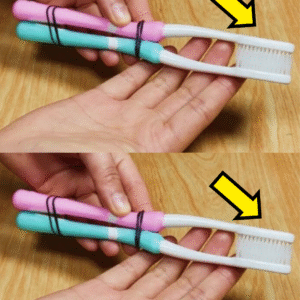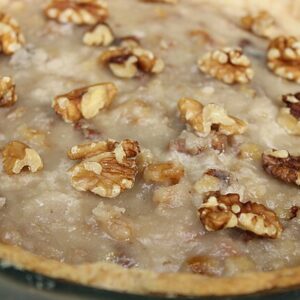Most people never stop to think about the small metal pieces attached to their jeans, yet these details serve a surprisingly important purpose. Known as rivets, the little copper or silver studs aren’t just there for looks — they reinforce parts of the fabric that undergo frequent pulling or stretching. Placed along pockets and other high-stress areas, they help maintain the structure of denim and contribute to the long-lasting durability people love about their favorite jeans.
The story of rivets goes back to the 1870s, when denim was primarily worn by miners, railroad workers, and others who needed tough, reliable clothing. Tailor Jacob Davis kept hearing complaints that pants tore too easily during heavy labor, so he began fastening metal rivets at stress points like pocket corners. Realizing the design’s potential, he teamed up with Levi Strauss to patent the idea in 1873 — a milestone that transformed workwear into one of the most iconic garments in fashion history.
Rivets are effective because they distribute tension across the fabric rather than allowing stress to concentrate in a single spot. Usually made from sturdy metals like brass or copper, they provide extra support where jeans tend to wear out first. Even today, denim with rivets often holds its shape better over time, proving how valuable these tiny components remain. What started as a practical solution for durability has become a hallmark of traditional denim craftsmanship.
Many modern brands still incorporate rivets, sometimes using unique shapes or subtle accents to blend function with style. Others opt for reinforced stitching to create smoother lines or increase comfort. Whether decorative or functional, rivets tell the story of denim’s evolution. The next time you slip on your favorite jeans, take a moment to appreciate those tiny metal details — they carry more than a century of innovation, ingenuity, and timeless design.




